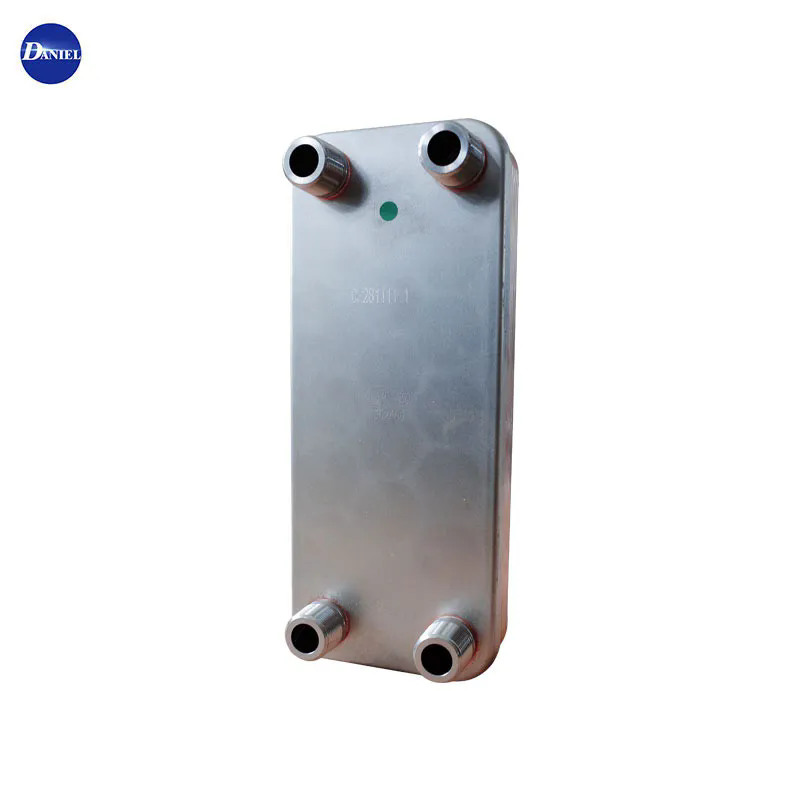Brazed Plate Heat Exchangers have been gaining popularity in recent years due to their compact size, durability, and efficient heat transfer capabilities. These types of heat exchangers are made up of thin stainless steel plates that are brazed together, creating small fluid channels between them to allow for efficient heat transfer.
Unlike traditional shell-and-tube heat exchangers, Brazed Plate Heat Exchangers have a smaller footprint, making them much easier to install in tight spaces and reducing the need for costly piping modifications. They also have a higher heat transfer rate due to the larger surface area of plates, which allows for a more efficient transfer of heat from one fluid to another.
One of the most significant advantages of Brazed Plate Heat Exchangers is their ability to handle high-pressure and high-temperature fluids, making them ideal for applications in industries such as refrigeration, HVAC, renewable energy, and chemical processing.
In addition to their efficiency, Brazed Plate Heat Exchangers are also cost-effective, as they require less material to produce and are easier to maintain than traditional heat exchangers. They are also energy-efficient, as they require less energy to operate due to their smaller size and higher thermal conductivity.
Many companies are now offering Brazed Plate Heat Exchangers as a cost-effective alternative to traditional heat exchangers. With their superior efficiency, durability, and cost-effectiveness, these heat exchangers are an excellent choice for industries seeking to improve their energy efficiency and reduce operating costs.
In conclusion, Brazed Plate Heat Exchangers are a reliable and innovative product that serves as a cost-effective solution for efficient heat transfer across various industries. Their compact size, durability, and efficiency make them the perfect choice for companies seeking to reduce their costs while improving their energy efficiency.


